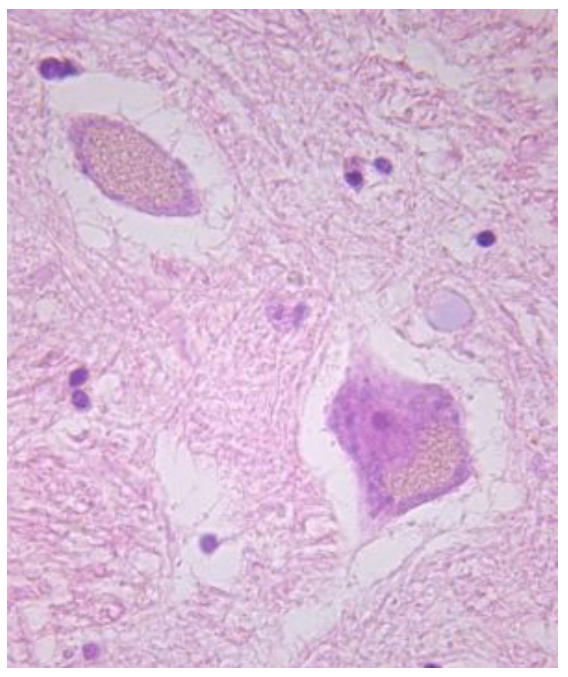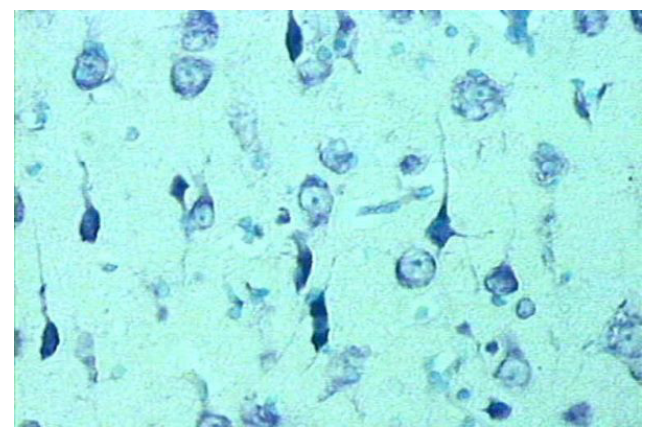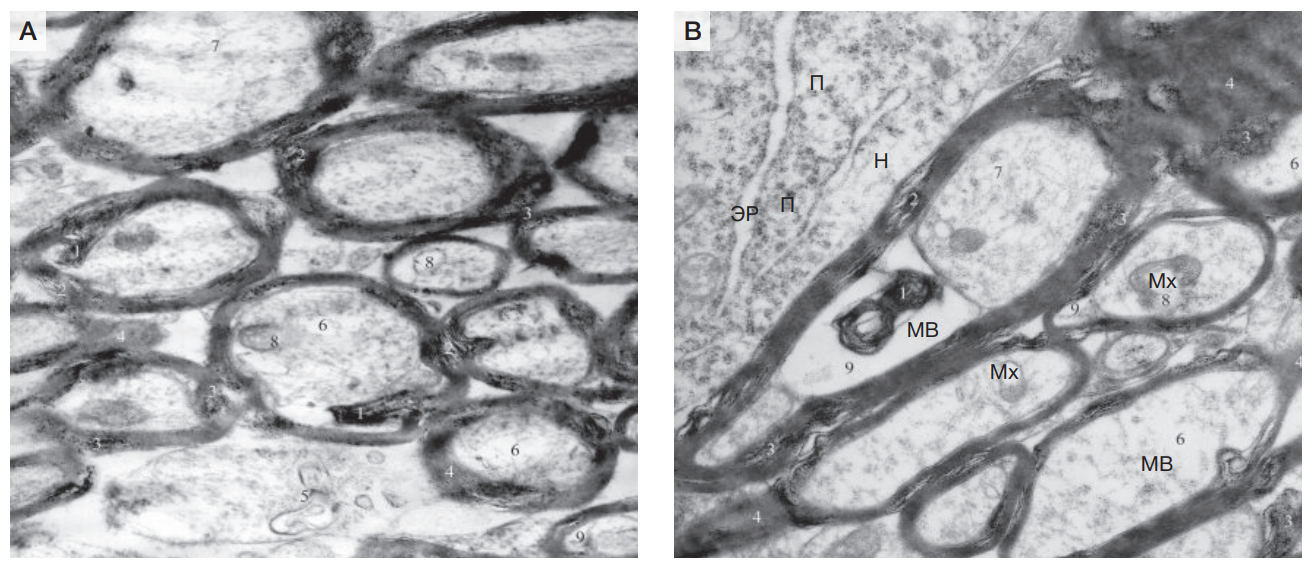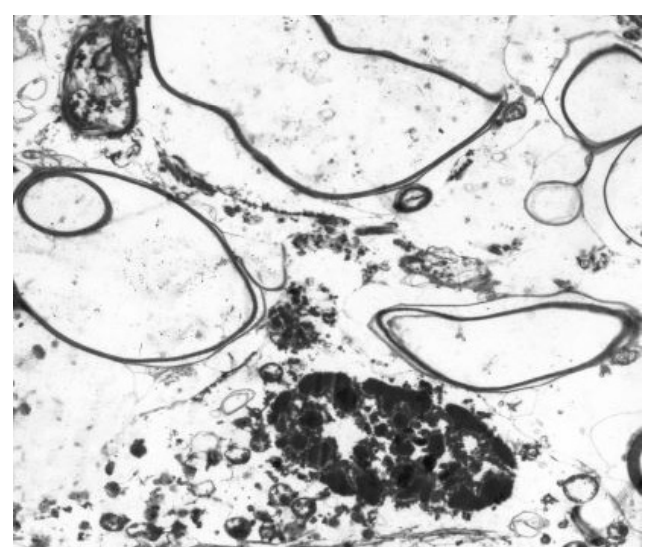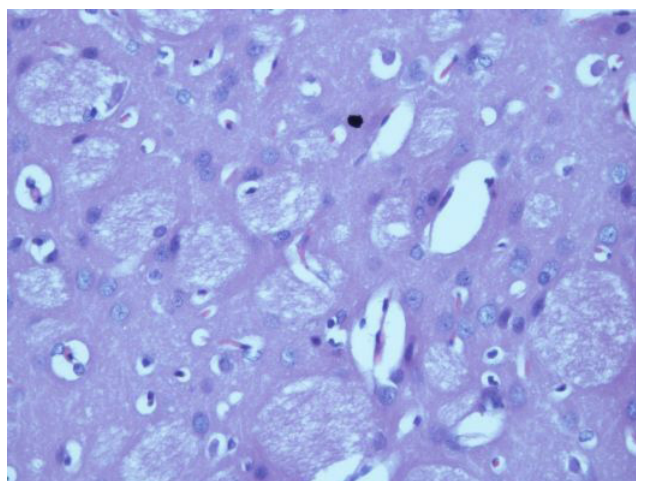
This article is an open access article distributed under the terms and conditions of the Creative Commons Attribution license (CC BY).
REVIEW
Morphological characteristics of toxic brain damage
1 Golikov Research Clinical Center of Toxicology of the Federal Medical and Biological Agency, Saint-Petersburg, Russia
2 Sechenov Institute of Evolutionary Physiology and Biochemistry of the Russian Academy of Sciences, Saint-Petersburg, Russia
Correspondence should be addressed: Elena D. Bazhanova
Bekhtereva, 1, Saint-Petersburg, Russia; 192019; ur.liam@eavonahzab
Funding: the study was conducted as part of the State Assignment of the FMBA of Russia No. 388-00071-24-00 (theme code 64.004.24.800) and supported by the State Assignment of the Sechenov Institute of Evolutionary Physiology and Biochemistry RAS No. 075-00264-24-00.
Author contribution: Gaikova ON, Sokolova YuO, Bazhanova ED, Kozlov AA – literature review, data acquisition and processing, manuscript writing and editing; Katretskaya GG, Melnikova MV, Melekhova AS, Bondarenko AA – editing, formatting, approval of the final version of the article.
